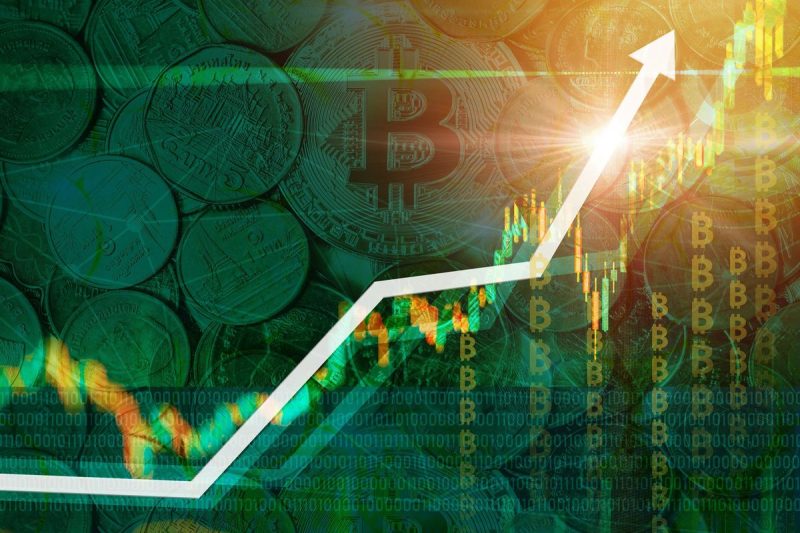As the first decentralized cryptocurrency to capture the public’s imagination, Bitcoin has had a remarkable price history since its inception in 2009. Since its creation by an unknown individual or group under the pseudonym Satoshi Nakamoto, Bitcoin has experienced significant price fluctuations, capturing the attention of investors, traders, and financial analysts worldwide. In this piece, we delve into the price history of Bitcoin, exploring its growth, volatility, and impact on the larger financial landscape.
### Bitcoin’s Early Days (2009-2011)
Bitcoin made its debut in early 2009, essentially worthless, with no established market value. It was only a year later, in May 2010, when the first real-world transaction involving Bitcoin occurred. Laszlo Hanyecz famously purchased two pizzas for 10,000 bitcoins, marking the first tangible exchange for the cryptocurrency. However, it wasn’t until 2011 that Bitcoin gained significant attention when its price surged to $1, reaching parity with the US dollar for the first time.
### The 2013 Boom and Bust
In 2013, Bitcoin experienced a meteoric rise in value, climbing from around $13 in January to over $1,000 by the end of the year. This unprecedented growth marked a turning point for the cryptocurrency, attracting a flood of new investors and speculators. However, this rapid ascent was followed by a sharp correction, with Bitcoin’s price crashing to around $200 in early 2014, leaving many early adopters and investors reeling from the sudden downturn.
### The 2017 Bull Run
One of the most significant chapters in Bitcoin’s price history occurred in 2017 when it experienced another massive price surge, peaking at nearly $20,000 in December of that year. This unprecedented rally was driven by a combination of factors, including increased mainstream adoption, growing interest from institutional investors, and the emergence of new trading platforms catering to cryptocurrency enthusiasts. The euphoria surrounding Bitcoin reached fever pitch, drawing comparisons to the dot-com bubble of the late 1990s.
### The Post-2017 Volatility
Following the dizzying highs of 2017, Bitcoin entered a period of increased volatility and price fluctuations. The year 2018 saw Bitcoin’s price plummet from its peak, shedding over 80% of its value and causing a major shakeout in the cryptocurrency market. Despite the downturn, Bitcoin continued to attract both supporters and critics, with debates raging over its long-term viability as a store of value or investment asset.
### Bitcoin in the 2020s
As we enter the 2020s, Bitcoin’s price history remains a subject of fascination and debate among investors and analysts. The cryptocurrency has continued to exhibit significant price volatility, with sharp swings in value driven by a myriad of factors, including regulatory developments, macroeconomic trends, and technological advancements. While skeptics decry Bitcoin as a speculative bubble waiting to burst, proponents argue that it represents a transformative force in the global financial system, offering a decentralized alternative to traditional currencies and payment systems.
In conclusion, Bitcoin’s price history is a testament to its enduring appeal and disruptive potential in the world of finance. From humble beginnings to soaring highs and dramatic crashes, Bitcoin has weathered numerous storms to emerge as a prominent player in the ever-evolving cryptocurrency landscape. As we look to the future, only time will tell where Bitcoin’s price trajectory will lead, but one thing remains certain – its journey is far from over.
